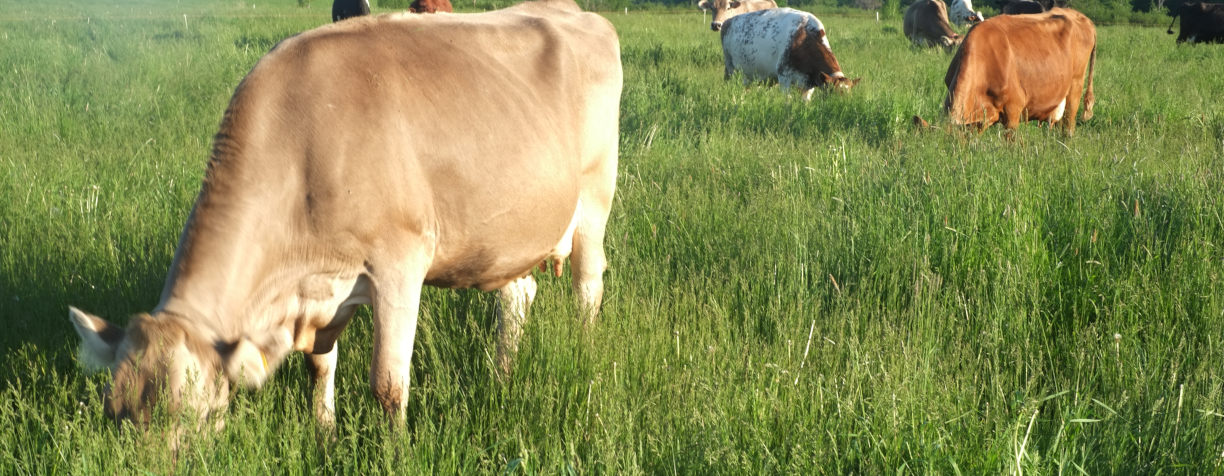Melaina Juntti
Edible Alpha
In Edible-Alpha® podcast #79 Tera is joined by Joe Tomandl, Executive Director for the Dairy Grazing Apprenticeship (DGA). This first-of-its-kind program launched in 2011 and trains aspiring dairy farmers on managed grazing, a regenerative system that carries major impact for the environment, food systems, and rural prosperity.
Explaining the genesis of DGA, Joe noted that independent dairy farms have been declining for decades in Wisconsin, contributing to the demise of rural communities. One reason is it’s tough to teach the myriad aspects of dairy farming, especially managed grazing, in a classroom. Seeing the success of trade apprenticeships, Joe realized this was this ideal model for onboarding new farmers.
So, DGA was born, offering 3,700 hours of paid, hands-on training plus 300 hours of classroom instruction. Along with providing a natural, low-overhead onramp for new farmers through workforce training, education, and networking, the program also benefits current farmers seeking assistance or eventual successors. Knowing that the pathway to dairy was similarly difficult outside of Wisconsin, DGA expanded nationwide in 2015. It now has a presence in 15 states, with 200 approved training farms and 45 apprentices currently in the program.
Next, Joe and Tera explored the philosophy behind managed grazing. Put simply, it involves rotating cows through paddocks of permanent grass and ground cover to have them do as much of the forage harvesting and manure spreading as possible. This natural approach is a far cry from conventional systems, which require a ton of time, money, and fuel.
But this isn’t simply opening a fence and shooing the cows out. It’s an art, requiring farmers to meticulously monitor fields, forage, and weather patterns to ensure cows hit each paddock at the optimum growth, density, and nutrition stage. Done right, this approach increases field productivity over time.
It also has major environmental benefits. Whereas conventional dairy farmers till and expose soil, causing rains to sweep phosphorous and manure into watersheds, managed grazing keeps soil covered, which reinvigorates the soil, prevents runoff, and sequesters carbon. Plus, the carbon-generating fuel inputs are drastically less, and grazing cows, with their nutrient-producing ruminant stomachs, help revitalize ecosystems.
Now DGA is looking to scale the system for max impact. As Joe put it, “there is incredible opportunity within managed grazing dairy system to address big challenges—from nutrient-dense food to processing and distribution systems to climate, soils, water, and environment—with independent farms where the land base is matched much closer to what the livestock-carrying capacity is.” As industries look to go net zero in the coming decades, managed-grazing operations can help them achieve their goals while also uplifting rural communities.
But scaling this system will require innovative finance and impact investors to step up, more consumers to demand sustainably produced dairy and the value proposition for farmers to be realized. DGA is on a mission to line up these variables and move managed grazing mainstream to benefit the climate, the food system, farm succession, and rural prosperity. Learn more about impact investing and innovators like DGA at our upcoming Edible-Alpha® Live! Event!


